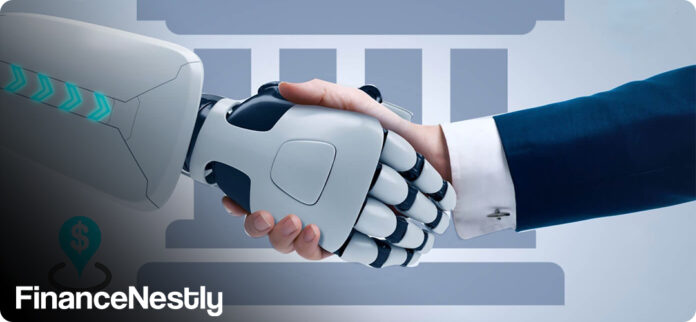The banking industry is undergoing a seismic shift, driven by rapid advancements in digital technology. From enhanced customer experiences to improved operational efficiency, digital transformation is redefining how financial institutions operate. In this blog, we’ll explore the key ways this evolution is shaping the future of banking.
1. Enhancing Customer Experience through Technology
Digital transformation has placed customer experience at the forefront of banking innovation. With mobile apps, online banking, and AI-powered chatbots, customers can now access banking services anytime, anywhere.
Banks are leveraging data analytics to provide personalized financial advice, ensuring a seamless and tailored customer journey. For instance, apps that analyze spending habits to suggest savings strategies are becoming increasingly popular.

This shift towards digital-first banking has also enabled institutions to eliminate lengthy processes, such as opening accounts or applying for loans, through fully digital workflows.
2. The Rise of Open Banking and API Integration
Open banking has emerged as a game-changer, allowing third-party developers to access banking data securely. This fosters innovation, enabling the creation of services like financial planning tools and payment platforms that integrate seamlessly with users’ accounts.
The widespread adoption of APIs (Application Programming Interfaces) has facilitated collaboration between banks and fintech companies, bridging the gap between traditional and modern banking services. As a result, customers can now enjoy a broader range of tools tailored to their financial needs.
3. Cybersecurity: Balancing Innovation and Risk
As digital transformation accelerates, so do concerns about cybersecurity. Banks are investing heavily in advanced technologies, such as biometric authentication and blockchain, to safeguard transactions and protect customer data.
While these advancements boost trust, they also highlight the growing need for robust regulatory frameworks. Financial institutions must balance the adoption of cutting-edge solutions with rigorous security measures to maintain customer confidence.
4. Streamlining Operations with Automation
Automation is revolutionizing back-office operations, reducing costs, and enhancing efficiency. Robotic Process Automation (RPA) allows banks to automate repetitive tasks like data entry and compliance checks, freeing up resources for strategic initiatives.
This transformation is not limited to internal processes; automation is also reshaping how banks interact with customers. AI-driven systems now handle tasks such as loan approvals, significantly reducing wait times.

5. Sustainability in Banking through Digital Transformation
Digital solutions are also enabling banks to embrace sustainability. By minimizing paperwork and promoting electronic transactions, financial institutions are reducing their carbon footprint. Furthermore, AI-driven analytics are helping banks make informed decisions about sustainable investments.
These initiatives not only address environmental concerns but also appeal to an eco-conscious customer base, further solidifying banks’ roles as agents of positive change.
Conclusion: Embracing the Future of Banking
The digital revolution in banking is more than a trend; it’s a necessity for survival in a fast-evolving financial landscape. As banks continue to innovate, they are not just meeting customer expectations but also driving global economic progress.

